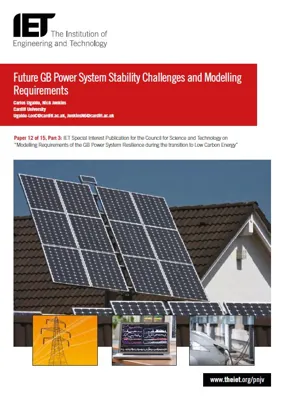Future GB Power System Stability Challenges and Modelling Requirements

The stability of an interconnected power system is its ability to maintain equilibrium during normal conditions and to return to normal or stable operation after having been subjected to some form of disturbance.
Disturbances, e.g. short circuit faults or changes in load, are inevitable and so the power system is designed and operated to behave satisfactorily during and after disturbances. Instability may lead to blackouts, have disastrous consequences for power system plant and may have massive social, security and economic implications.
For instance, following an angle instability event in the form of power swings, voltage instability caused a major blackout in the US and Canada in 2003. This affected more than 50 million people and caused major issues in power generation, water supply, transportation and communications.
A more recent event was the 2012 India blackout, affecting around 9% of the world’s population. Following a loss of generation, cascaded tripping caused a system overload which resulted in the blackout. This was also a case of angle (transient) instability and as a consequence of angle differences, large variations in voltage and power flows arose in a number of transmission lines.
